
As the Swiss company pivots to focus on core therapies, a report claims it is considering selling off its ophthalmology and respiratory units, with ophthalmology alone expected to bring $5 billion.

As the Swiss company pivots to focus on core therapies, a report claims it is considering selling off its ophthalmology and respiratory units, with ophthalmology alone expected to bring $5 billion.
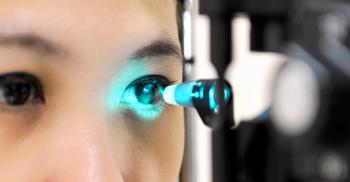
Company officials will drive global commercialization strategy for the company’s novel, non-invasive micron-accurate, OCT-guided femtosecond laser procedure for the treatment of glaucoma.

Prevent Blindness will provide TED educational materials, promote awareness, and offer unique art therapy program for patients and care partners.

By placing the chin on the chinrest, Nidek’s NT-1p automatically detects the position of the eyes and begins measurement without pressing any buttons.
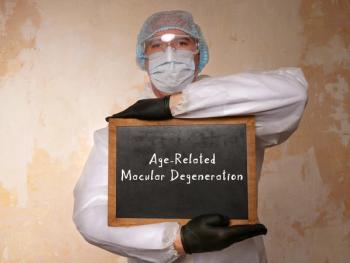
While the advent of anti-VEGF therapies resulted in substantially better outcomes in this patient population, the results can vary substantially among patients.

According to UC Davis researchers, more needs to be done for the field to reflect ethnic and racial diversity across the country.

According to the university, the grant will support examining impact of pain and inflammation on eye’s surface and possible link to diseases.

According to the company, the multicenter US study enrolled more than 900 subjects with moderate-to-severe dry eye disease with topline data anticipated in the second quarter of 2023.
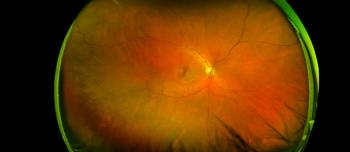
Mediwhale, an AI diagnostics company, aims for FDA approvals to increase non-invasive, early detection to save lives. Reti-Intelligence uses a simple fundus camera to capture images of the eye, and then within one minute the AI algorithm provides the disease risk assessment.

This December, the Ophthalmology Times® EyeCon 2022 at the JW Marriott Marco Island Beach Resort in Florida will provide attendees with an end-of-year opportunity to meet their continuing medical education requirements. This activity has been approved for 12.50 AMA PRA Category 1 Credits™.

According to the company, compounded formulations may be appropriate to prescribe for patients with clinical needs that are unmet by FDA-approved drug products. The prescriptions will be dispensed through Harrow’s wholly owned subsidiary, ImprimisRx.
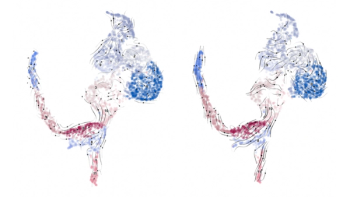
A new study of albino mice spotlights how the neural circuitry of vision is established, and how it can go wrong.

According to the company, the primary safety endpoint was achieved at all timepoints with all doses well-tolerated and no treatment-related our serious adverse events.
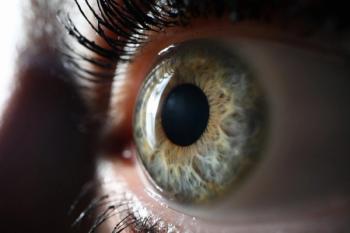
According to a study, use is linked to a lower prevalence of age-related macular degeneration in European populations.

The deal with FamyGem Life Sciences covers the development and commercialization of Nyxol eye drops for the reversal of mydriasis, presbyopia and night vision issues.

The company said it plans to generate clinical data aiming to demonstrate the potential retinal benefits of NCX 470 in order to add significant therapeutic value to the product profile in glaucoma.

Viatris intends to acquire Oyster Point Pharma as the foundation of its new ophthalmology franchise, recognizing its uniquely talented team, the strength of Tyrvaya nasal spray and its ophthalmology pipeline.
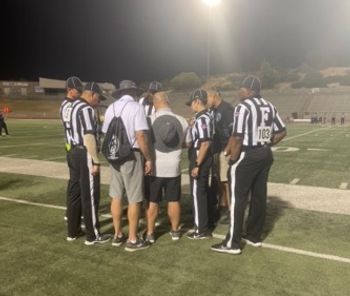
Every football fan knows the scrutiny that NFL game officials are put under every game day, and now a group of ophthalmologists is trying to ensure they can perform at their best each weekend.

According to investigators, findings may underscore the need for sleep therapy in patients at risk for glaucoma, and frequent eye checkups for patients who are poor sleepers.

According to Apellis Pharmaceuticals, the submission will be a Major Amendment to the NDA, extending the review period by three months with an expected PDUFA target action date in February.

Medicare’s 2023 fee schedule includes cuts in reimbursement, which some groups say could lead to reduced access to care to patients who need it most.

Jay S. Duker, MD, chief operating officer of EyePoint Pharmaceuticals, highlights the Phase 1 and Phase 2 DAVIO clinical trials for EYP-1901 in wet age-related macular degeneration. The company also announced the first patient has been dosed in the Phase 2 PAVIA trial of EYP-1901 for nonproliferative diabetic retinopathy.

OVDs that are currently used in cataract surgery fit into different classes including higher viscosity cohesives, lower viscosity dispersives, viscoadaptives and higher viscosity dispersives.

Ferdinand-Braun-Institute in Berlin, Germany is developing a solution with its semiconductor-based laser sources.
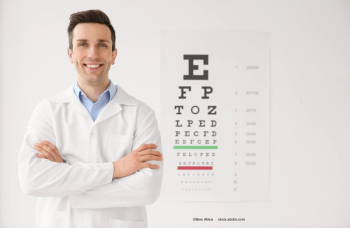
Nicole Bajic, MD, and Neel S. Vaidya, MD, MPH, share their insights from when they were at this crossroads. Learn more clinical pearls on topics like this and more at Real World Ophthalmology’s virtual conference, “Top 10 Things I Wish I Knew Sooner,” this Saturday, November 5.
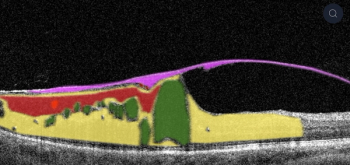
The company's AI cloud-based platform is available via a browser to any eye care professional in the world. The artificial intelligence algorithm was trained on millions of graphically labeled OCT scans collected from ophthalmic clinics.

The study is one of the first clinical trials to validate the clinical utility of real-world remote physiologic monitoring using an on-demand vision-as-a-service extension to the specialty retina clinic to enable remote monitoring of patients with chronic diseases such as AMD, diabetic retinopathy, and other retinal conditions.
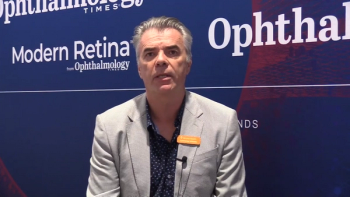
Lawrence Whittle, Chief Commercial Officer for Verana Health, explains what the significance of imaging data linked with electronic health record data means for patient outcomes.
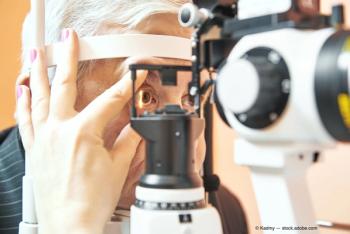
Nicox reports that daily dosing of NCX 470 0.1% met the primary efficacy objective of demonstrating non-inferiority to latanoprost 0.005%.

Replay is launching Eudora, an HSV gene therapy company that will target genetic retinal diseases.